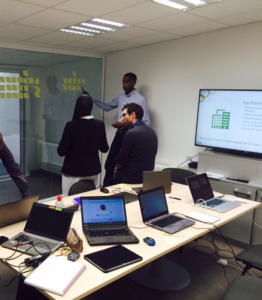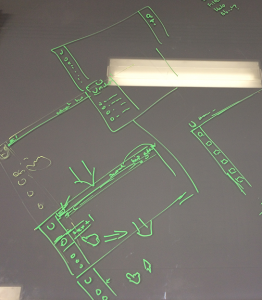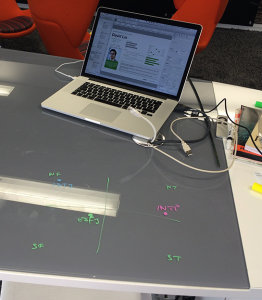My Process
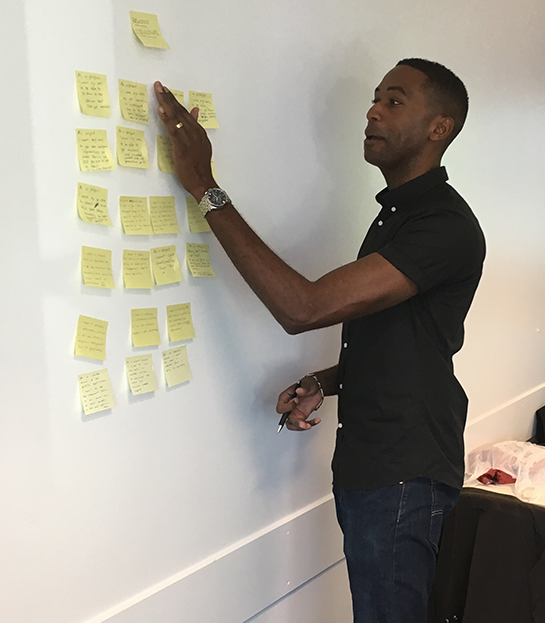
I love designing solutions that solve problems.
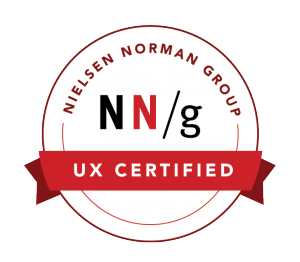
The key to doing that is understanding what I call “The ‘W’s'” (who, when, what, why…and how) use cases for your current solution in order to re-create a better version of it.
I believe that this is integral into understanding the immediate way forward but is equally important in identifying the bigger picture to the experience a brand wants to create for their customers.
I utilise all of my UX skillset and knowledge of human psychology and heuristics to help achieve that.
Let me take you through an overview of my process.
1. Discovery & Research
Customers needs are crucial to solution accuracy and adoption. The strongly advised step is to organise an activity focused around people from your market - your users.
Activities I’ve commonly used at this stage are stakeholder interviews/workshops, diary studies, requirements and constraints tasks, field studies, as well as competitive study and analysis.
2. Exploration
Post UX Discovery & Research, this is where it get interesting. It's important to find out where things went wrong in the design, where they can go right. How to prevent errors, improve messaging, avoid waste, create better universal access.
Activities I implement at this stage include Design reviews, Task analysis, Persona creation, User stories and journey mapping.
3. Design & Test
UX Wireframes overlaps stages 2 & 3 and it is those wireframes that will form the foundation for any UX interactive prototypes or UI designs. Omnigraffle, Sketch, Balamiq, Axure, Adobe XD and other software can be used to create a foundation and bring the design to life.
Activities I’ve commonly run to validate wireframes and designs are Design reviews, Benchmark testing, A/B Testing, Qualitative usability testing and Eye-tracking.
4. Release & Validate
Validating the built solution is a key part to the project. Many customers choose to utilise my design project management skills at this point to help guide the development to completion.
Activities run at this point can overlap stage 3 sometimes, such as Benchmark testing, A/B testing, Usability testing, functionality testing, Compatibility testing and Performance testing.
6. Iterate
Your users evolve as do their needs so applying UX principles to iterate your solution will be a key part of the UX process to your continued success.
Iterating on a design including running activities such as Surveys, Analytics reviews, Search log Analysis, Usability bug reviews and Feedback reviews.
5. Measure & ROI
Making an assured assessment at this stage on what's next is dependant on the agreed UX metrics.
Error rate, time on task, new visitors or accounts, completion rate and perceived usability are some of the ways with which effective measurements and calculated ROI can be done.
